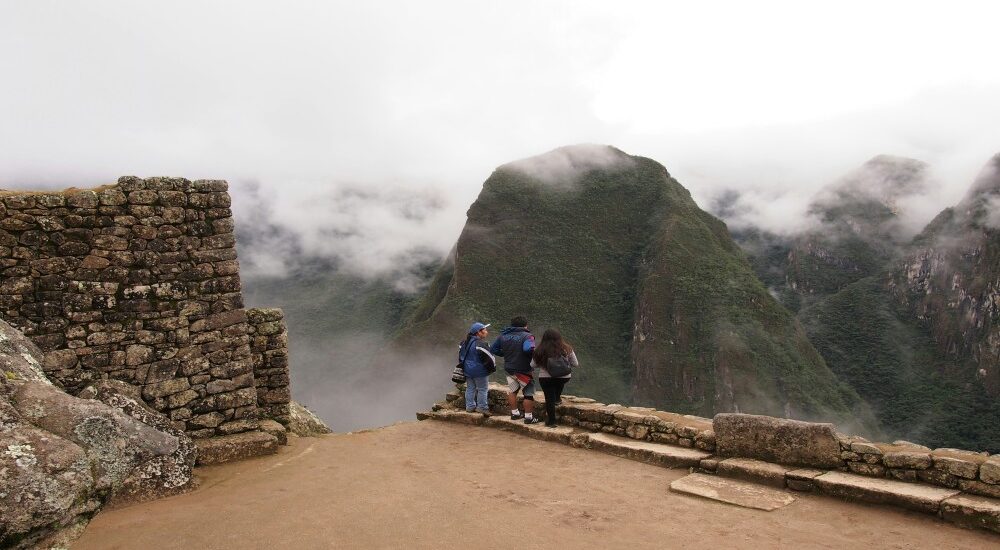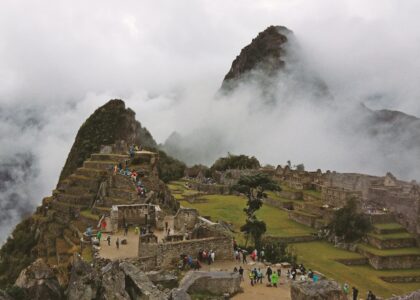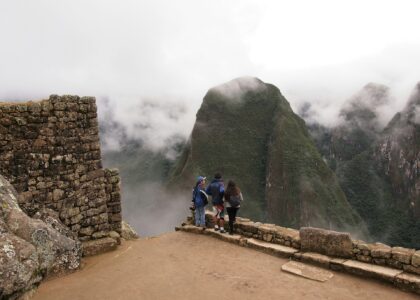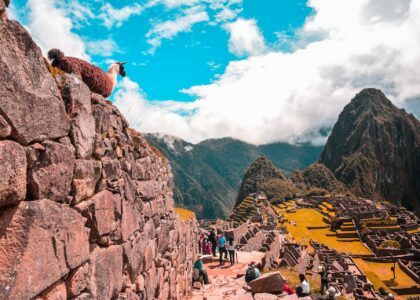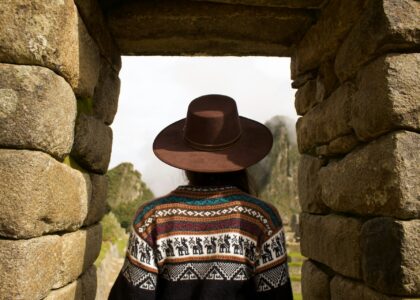A Path Worn by Time
The Inca Trail to Machu Picchu isn’t just a hike — it’s a pilgrimage through history. Every step follows a path carved by hand over 500 years ago. Every stone was placed by a civilization that built an empire in the clouds. And every pass, ruin, and viewpoint whispers stories older than words.
Whether you walk it or not, the Sacred Road to Machu Picchu is one of the world’s greatest cultural journeys. Here’s the story behind it — and what it feels like to follow in the footsteps of the Inca.
Part 1: The Qhapaq Ñan — A Road Network for an Empire
The Inca didn’t just build roads — they built a continent-spanning superhighway: the Qhapaq Ñan.
- 25,000+ miles of trails
- Spanning 6 modern countries
- Used for military, religious, and commercial purposes
It connected the Inca capital of Cusco to far-flung corners of the empire: the coast, the jungle, the mountains — even the Chilean desert. And one of the most sacred branches? The royal road to Machu Picchu.
Part 2: Who Walked the Inca Trail?
The Inca Trail was not for everyone.
- Pilgrims and priests walked it for religious ceremonies
- Royal messengers (chaskis) sprinted sections to deliver news
- Inca nobility used it to access their sacred retreat
The Inca believed mountains (apus) were gods — and the trail aligned with them. To walk the trail was to move through a cosmic landscape, with temples and sun gates marking sacred thresholds.
Part 3: The Modern Inca Trail — A Pilgrimage Reborn
Today, the classic Inca Trail trek is 4 days, 43 km (26 miles) — and among the world’s most iconic hikes.
Day 1: The Beginning — Km 82 to Wayllabamba
Easy start, rolling terrain. You pass the first Inca ruins (Llaqtapata) and camp under starlight, hearing rivers and queñua trees rustle in the wind.
Day 2: Dead Woman’s Pass
The most difficult day. A steep 1,200-meter climb to Warmiwañusqa (Dead Woman’s Pass) at 13,780 ft. You cross ancient staircases still holding strong after centuries. At the top? Awe — and a glimpse into the Inca’s mastery of altitude.
Day 3: Ruins, Rivers, and Cloud Forest
The longest — and arguably most beautiful — day. Pass through Sayacmarca, Phuyupatamarca, and Intipata. Orchids bloom beside stone staircases. Llamas graze near cliffside terraces.
Day 4: Machu Picchu — The Final Approach
Wake at 3:30 AM. Enter Inti Punku (Sun Gate) at dawn. As the clouds part, Machu Picchu rises — golden, ethereal, alive. You’re not just seeing it. You’ve earned it.
What Makes the Inca Trail Unique
Archaeological Depth
Only trail to Machu Picchu with multiple Inca ruins along the way. You walk from one ancient site to the next.
Diverse Ecosystems
From alpine tundra and jungle-edge flora to cloud forests, you’ll see more ecosystems in 4 days than most countries contain.
Spiritual and Astronomical Design
The trail aligns with solstices, apus (sacred mountains), and celestial events. Every angle was intentional — built in harmony with nature and the cosmos.
Preserving the Trail
Permits are limited to 500 per day (including guides and porters). Book early — especially for peak season (June–August). These rules protect the trail and preserve its beauty and meaning.
Can You Walk the Trail Today?
Yes — but it requires preparation.
- Spend a few days acclimating in Cusco
- Pack good hiking gear
- Choose an ethical tour company that treats porters well
Alternative Ways to Experience Inca Roads
- Short Inca Trail (2 days): Ideal if you’re short on time.
- Sacred Valley sites: Visit Pisac, Ollantaytambo, and Moray — all connected by Qhapaq Ñan.
- Off-the-beaten-path treks: Explore Inca trails in Chachapoyas or Arequipa regions.
Final Thoughts: Why We Still Walk
The Inca Trail is not just stone and distance. It’s a portal — into a civilization that moved with the stars, built in harmony with the earth, and carved meaning into every mountain pass. When you walk it, you’re not just a tourist. You’re a participant in a sacred journey — one that stretches back centuries.
And when you arrive at Machu Picchu, it will be more than a photo. It will be a moment that lives in your heart — and deep in your bones.
Ready to walk the Inca Trail with purpose?
At Explorify Expeditions, we design guided treks that honor the trail’s legacy and connect you with its living culture.
Contact us today to start planning your sacred journey.


